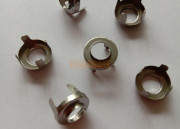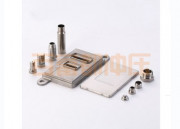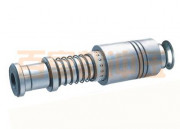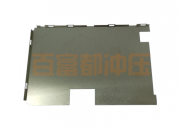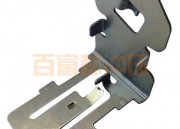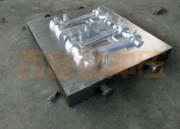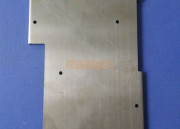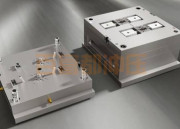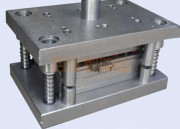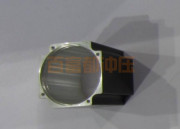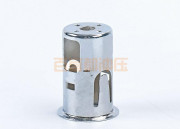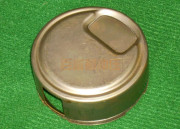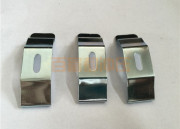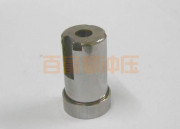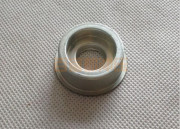What are the common faults of metal stamping parts?
According to the practical experience of quality management in our company’s stamping plant, the reasons and countermeasures for common problems in the production process of metal stamping parts are summarized, hoping to provide a useful reference for improving the quality of parts in the stamping plant.
1. Why do metal stamping parts appear twisted?
The stamping part is formed by punching the remaining material around the stamping part in the progressive die to form the shape of the stamping part. The main reason for flanging and twisting of stamping parts is the influence of blanking force. During punching, due to the existence of the punching gap, the material is stretched on the die side (the material is warped upward) and compressed on the die side. When using a stripper, press the material with the stripper to prevent the material on the die side from warping upwards. At this time, the stress state of the material also changes accordingly. As the stripper pressure increases, the material on the punch side is stretched (the pressure tends to decrease), while the material on the die surface is compressed (the tension tends to decrease). The reversal of the stamping is caused by the stretching of the material on the die surface. Therefore, when punching, pressing the material is the key to preventing the punch from flipping and twisting. Causes and countermeasures of flanging and twisting when stamping parts are bent.
It is caused by the burrs of the blanking parts during blanking. It is necessary to study the punching edge, and pay attention to check whether the punching gap is reasonable.
During the blanking process, flanging and deformation of the blanking parts occur, resulting in poor forming after bending, which needs to be solved from the blanking and blanking station.
Stamping parts are unstable during bending and are mainly used for U-shaped and V-shaped bending. In response to this problem, the key to solving the problem is to guide the position before bending, guide during the bending process, and press the material during the bending process to prevent the stamping parts from slipping during the bending process.
Read More →

